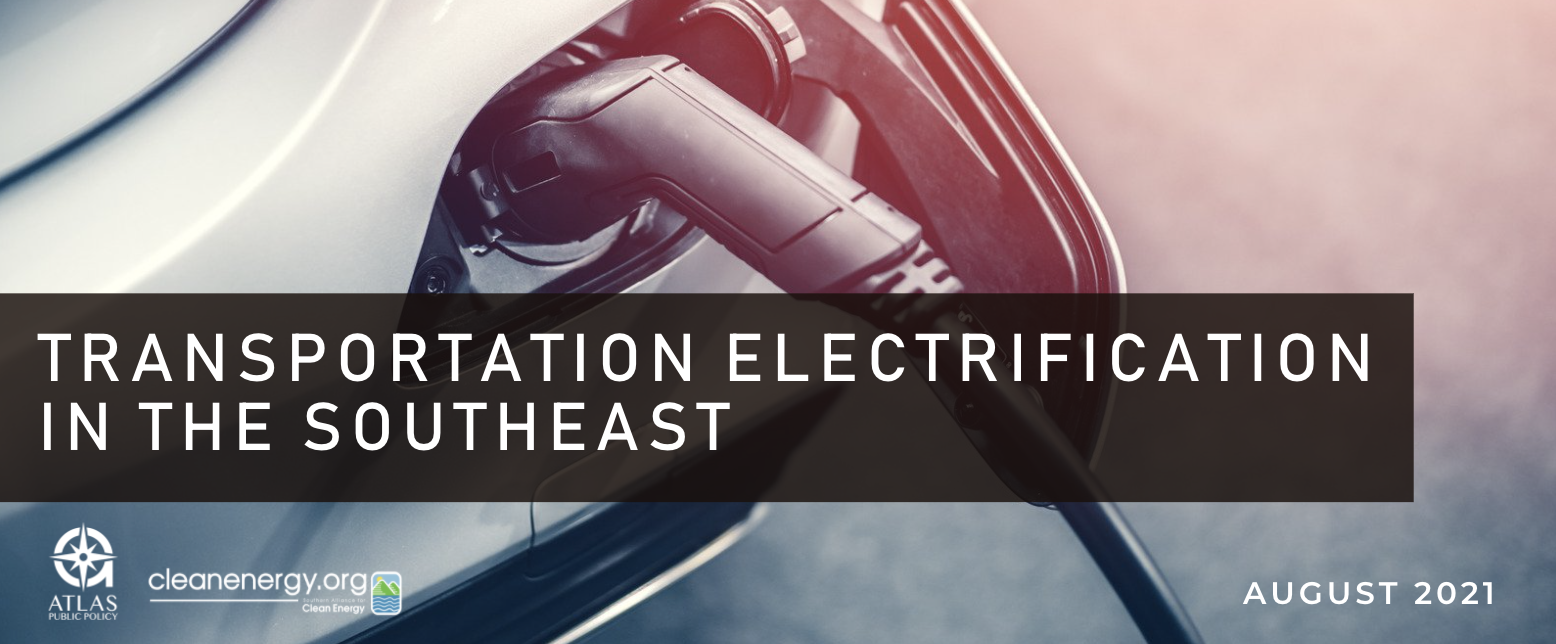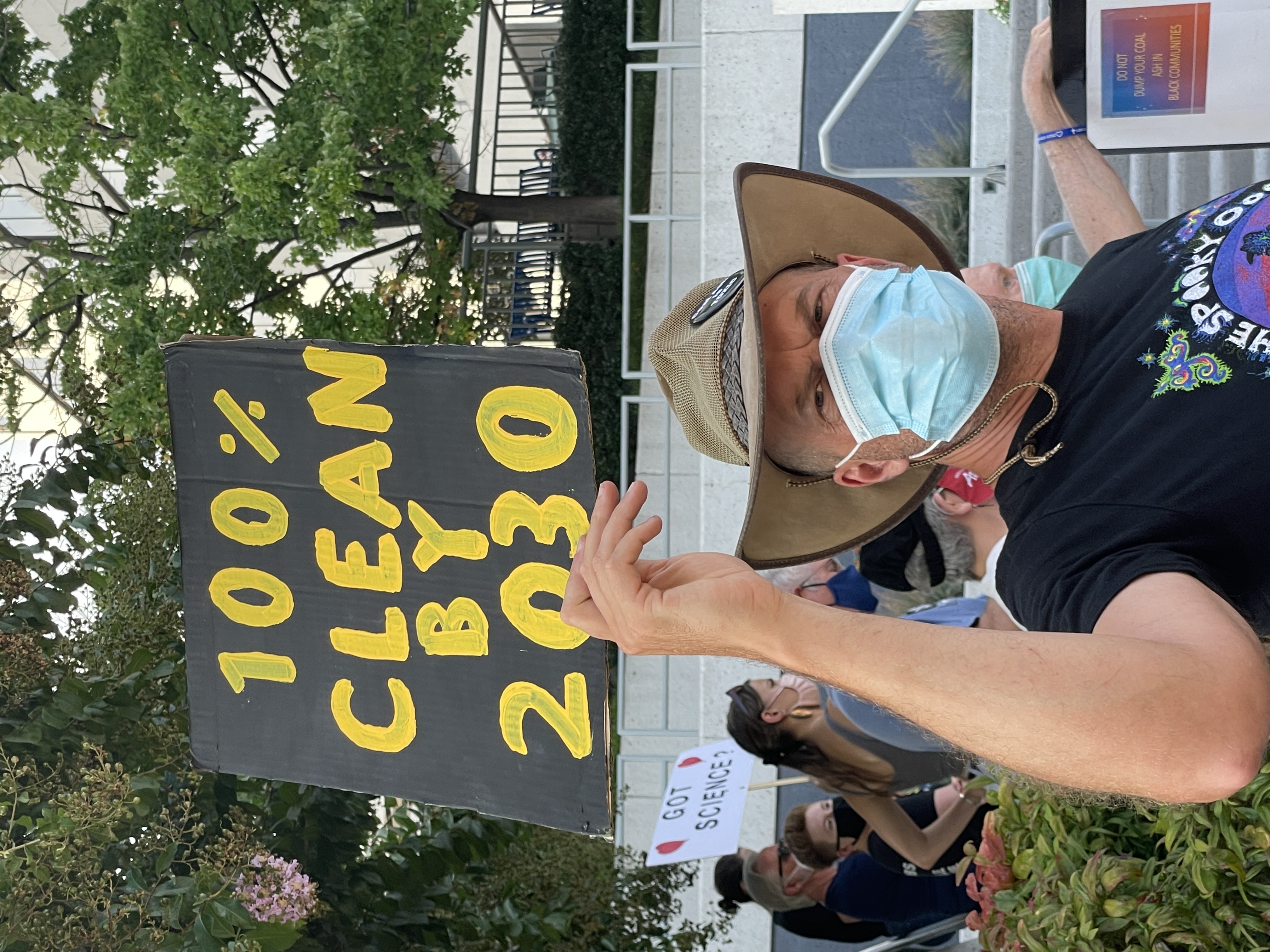![EPA HQ WJ Clinton Building Main entrance 2018a]() The Environmental Protection Agency headquarters in Washington, D.C. in the William J. Clinton Federal Building. The EPA is considering changes to pollution regulations intended to at least forestall some risks of global climate change. EPA
The Environmental Protection Agency headquarters in Washington, D.C. in the William J. Clinton Federal Building. The EPA is considering changes to pollution regulations intended to at least forestall some risks of global climate change. EPA
With a backdrop of record heat and floods, EPA moves to deregulate greenhouse gases that are heating the planet
Stephen Smith is the executive director of the Southern Alliance for Clean Energy.
KNOXVILLE — July was brutal: As the Southeast sizzled under a stagnant heat dome, families still struggled to recover from hurricanes Helene and Milton, and communities reeled from catastrophic flash flooding in Texas. Yet in the face of this mounting climate crisis, the government has launched an unprecedented assault on the environmental protections that keep Americans safe.
This week, the new Environmental Protection Agency (EPA) under the Trump Administration moved to repeal the 16-year-old scientific finding that greenhouse gas pollution and emissions from power plants, the oil, gas and coal industries, and vehicle emissions endanger public health and welfare. Without this endangerment finding, the EPA will be forced to abandon its responsibility to set limits on the pollution that’s driving more frequent and severe heat waves, floods and storms.
The EPA has one job: to protect the people and places we love — our families, our communities, our children’s future. It defies logic and common sense to remove the foundational pillars of our pollution rules precisely when climate impacts are accelerating and we need protections and proactive solutions the most. Simultaneously, the Administration is also recklessly slashing funding and staffing at NOAA, the agency responsible for helping us prepare for disasters, and FEMA, the agency responsible for helping us recover from disasters.
The administration is gaslighting Americans by telling us that climate disruption isn’t a threat when we can see with our own eyes the parade of horribles of repeating record-breaking climate disasters. 2024 was the hottest year on record by a wide margin, flash flood warnings in 2025 have already exceeded previous records and American families — from Texas flood victims to Southeast hurricane survivors — are paying the price with their lives, homes and livelihoods.















